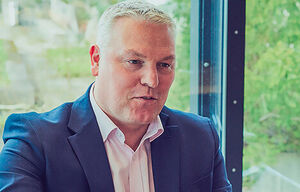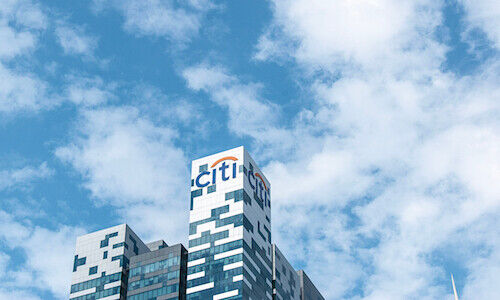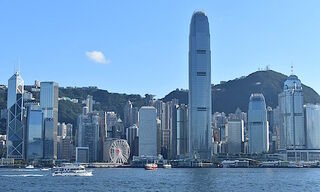Champagne Discoveries by Philipp Schwander, Master of Wine
Sparkling wine and champagne have symbolized festivity, indulgence, and exclusivity for centuries. Unsurprisingly, corks pop especially often during the holiday season. finews.asia sat down with Philipp Schwander, the first Swiss Master of Wine, to explore the fascination behind sparkling wine. Schwander is a recognized expert who veers off the beaten path, consistently uncovering surprising finds—such as outstanding sparkling wines from countries rarely considered on the radar.
Mr. Schwander, where does our enthusiasm for sparkling wine stem from?
The appearance plays a key role: the bubbles and effervescence exude festivity. Over time, it has become customary to pop corks during celebrations. Furthermore, sparkling wine has always been expensive and, in the past, was reserved for the ultra-wealthy—the Happy Few. In the 19th century, the second fermentation process (Methode François) was better controlled by 1837, but the quality of the glass was often poor. At a pressure of around 5 bar, as much as 20 to 50 percent of the bottles would sometimes break.
So it has always been expensive and exclusive?
Yes, exactly.
As such, demand mainly concentrates on year-end celebrations?
That’s correct, and it’s true for nearly all retailers. Easter sees a slight uptick in demand as well. However, it’s fair to say that, year-round, there is now a higher demand for sparkling wines compared to 20 years ago. Sparkling wines are popular globally and on-trend. Some studies suggest that worldwide sparkling wine production has increased by 60 percent over the past 15 years.
«Ayala’s brilliant cellar master, Julian Gout, is currently one of the best in all of Champagne—a true shooting star!»
Producers are making concerted efforts to establish sparkling wine as a companion to entire meal courses.
I’m not a big fan of that idea. I prefer to drink it—often, I might add—just as an aperitif.
Why is that?
The base wines for sparkling wines require significantly higher acidity levels; otherwise, the wine tastes dull and flat. Acidity levels are sometimes twice as high as those of regular white wines, which not everyone’s stomach can handle. That said, if I were a champagne producer, I would likely try to position sparkling wine as a food companion too—much like glass manufacturers who suggest you need a different glass shape for every grape variety.
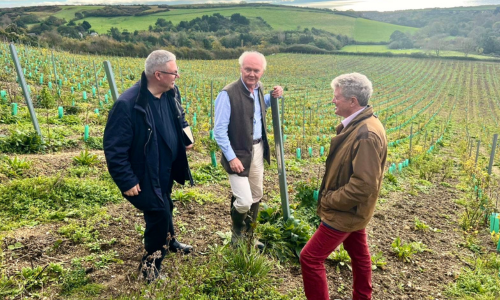
Terra Incognita on the Isle of Wight: Philipp Schwander (left) with Nicholas Coates and Christian Seely (right) in a new vineyard. (Image: Courtesy)
Is that claim not valid?
There are certain basic glass shapes that are advantageous, but that doesn’t mean you need countless types of red wine glasses. A tulip-like shape—preferably slightly rounded, with some volume—usually works very well. It also depends on whether the glass is for home use or gastronomy. At home, you can certainly use delicate crystal glasses. In restaurants, the glass should be more robust, or else it becomes prohibitively expensive.
Is there anything special to consider when choosing glasses for sparkling wine?
Even the smallest traces of detergent or grease can cause the bubbles to dissipate or not form properly. So be cautious when washing the glasses! A so-called moussier point—a roughened spot at the bottom of the glass—is very helpful. It creates a continuous stream of bubbles, which is visually quite appealing.
«If you’re a Dom Pérignon fan, I recommend trying Moët & Chandon’s ‹Grand Vintage› from the same house—it’s much more affordable.»
Does champagne deserve its title as the king of sparkling wines?
The best sparkling wines undoubtedly come from Champagne. The region boasts the longest tradition, the most comprehensive expertise, and the best climate. In Champagne, thanks to its chalky soils and unique climate, it’s possible to harvest ripe grapes with high acidity. In most other regions, acidity levels in ripe grapes are too low, while the grapes are still unripe at the right acidity level. Champagne is a clearly defined and relatively uniform area. Its legal team is feared worldwide for cracking down on the misuse of the term «Champagne.» You’re probably familiar with the example of the village of Champagne in the Swiss canton of Vaud, which can no longer sell its wines as Vin de Champagne, even though the name has been in use for over 800 years. These days, even the term méthode champenoise for bottle fermentation is prohibited outside Champagne.
What is special about the bottle fermentation process as perfected in Champagne?
Unlike tank fermentation, which is commonly used for Prosecco, bottle fermentation involves aging the wine on lees (autolysis) for a relatively long time. This results in a more complex, richer flavor and a unique aromatic profile.
«Beyond mass-market options like Henkell Trocken or Rotkäppchen, Germany offers some astonishingly good sparkling wines at attractive prices.»
Does that mean Champagne is inherently superior to Prosecco?
It’s difficult to say. A good Champagne is undoubtedly more refined and noble. However, I must admit that I’d prefer an excellent Prosecco over a poor Champagne with raw acidity and unbalanced dosage.
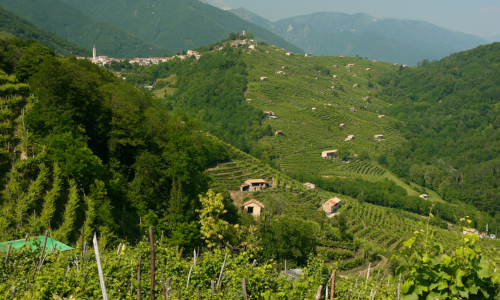
Heart of Prosecco production in Italy. (Image: Courtesy)
It’s a bit like comparing filet mignon to a charcuterie platter: both can be excellent—or not. Prosecco is fruitier, more approachable, also gentler, and much less expensive.
Read on the next page to find out what Philipp Schwander thinks of the biggest Champagne brands and what he will be drinking this Christmas and New Year’s Eve.
- Page 1 of 2
- Next >>



